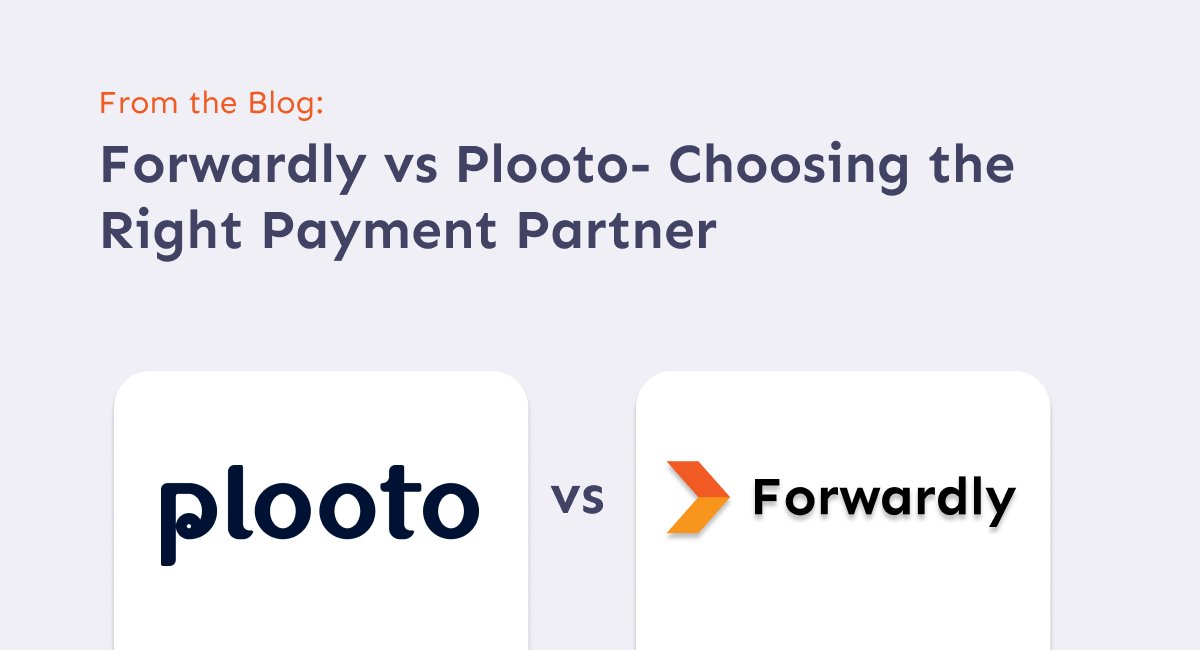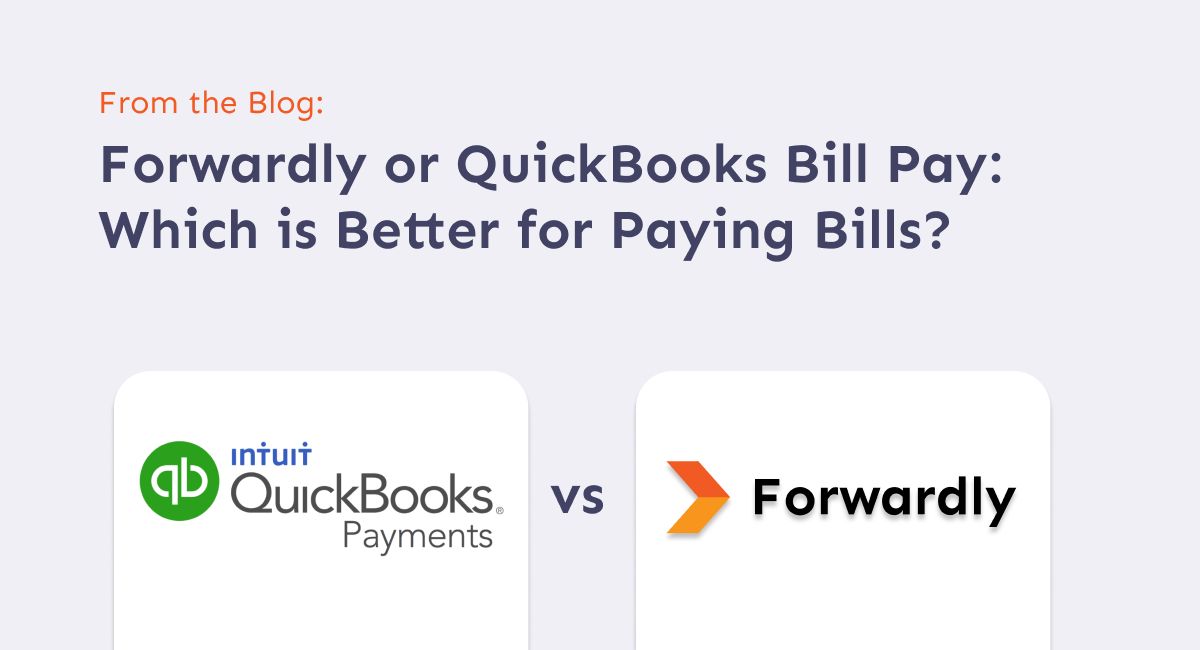In 2025, how businesses handle money is more important than ever as it shapes your cash flow, vendor relationships, and how quickly you can respond to opportunities.
Even with all the buzz around real-time payments and next-gen fintech tools, ACH is still doing a lot of heavy lifting behind the scenes. It’s low-cost, built into most bank and accounting systems, and dependable. In 2023 alone, the ACH network processed over 31 billion payments worth a whopping $80 trillion.
ACH might not be the fastest option but it’s consistent. And when you’re running a business that relies on predictable cash flow or handles big, recurring payments, the kind of stability it offers, matters.
How does ACH work?
ACH stands for Automated Clearing House. It’s a network that moves money between bank accounts without using cards, cash, or paper checks. ACH moves money directly between bank accounts but it doesn’t happen in real time. Here’s the simple explanation of how it works:
You start the payment, either by sending money (ACH credit) or giving someone permission to pull it from your account (ACH debit).
Your bank groups that request with others and sends it off to the ACH network.
The ACH network processes everything, figures out where it all needs to go, and forwards the payment info to the right bank.
The money lands, usually within one to two business days.
It’s like putting mail into a secure delivery route but digital. While it’s not instant, it’s super-efficient for scheduled, predictable transfers.
ACH credit vs ACH debit: What’s the difference?
ACH credits and debits use the same system, but the key difference is who starts the payment. With ACH credit, you send money, like when you pay a vendor or run payroll. You’re the one pushing the funds out. With ACH debit, the other side pulls money from your account like a subscription, charging you every month. You permit them, and they handle the rest. One’s you sending, the other’s them collecting. It’s as simple as that.
Why businesses like ACH: Simple, cheap, and dependable
- Low-cost, high value: ACH is one of the most affordable ways to move money, especially for regular, predictable transactions.
- Perfect for recurring payments: It works great for payroll, vendor invoices, subscriptions, and any payment that happens on a regular basis.
- Requires no cards or paper: Funds move directly between bank accounts. That means no checks, no swipes, and no physical paperwork is required.
- Fewer errors and cleaner reconciliation: For finance teams, ACH means less time is spent on tracking down issues or matching payments manually.
ACH may not have the flash of newer payment methods, but it delivers the stability and reliability that most businesses need to keep things running smoothly.
When is ACH right for your business, and when isn’t it?
ACH is great when your payments are predictable, like paying vendors, running payroll, handling subscriptions, or reimbursing team expenses. If you know the amount and timing in advance, it keeps things simple and budget-friendly.
That said, it’s not the best choice when speed matters. If you need to move money the same day or deal with time-sensitive payouts, ACH can feel a bit slow. And since it only works with U.S. banks, it’s not built for international transfers either. For high-risk or real-time payments, options like RTP or wires give you stronger controls and faster movement.
So yes, ACH is dependable and cost-effective, but it’s not built for urgency or global scale. It shines when you want consistency without breaking the bank.
Can ACH be faster? Sort of
There’s something called Same Day ACH, and it does exactly what it sounds like: move money on the same day as long as you hit the cutoff time (usually in the early afternoon). It’s quicker than standard ACH but still not instant. It won’t beat RTP or FedNow in speed, but Same Day ACH gets the job done for non-urgent payments that need to move faster than usual.
It’s a helpful middle ground if you don’t want the high cost of wires but need funds to clear a bit faster than the usual 1 – 2 days.
Where ACH falls short
ACH is solid for regular, everyday payments, but it’s not a perfect fit for every situation. Here’s where it can fall short:
- It’s not instant: Even with Same Day ACH, there are cut-off times. If you need money to move right now, ACH just isn’t built for that.
- Payments can bounce: If there’s a typo in the account info or not enough funds, the payment can get rejected or reversed.
- You need clean bank data: One wrong digit, and the whole thing gets delayed.
- It only works in the U.S.: So, if you’re paying international vendors or partners, ACH won’t help.
- It’s not great for high-risk payments: Since it doesn’t come with real-time verification, it’s not ideal when strong fraud checks are a must.
- Slower settlement than Real time payments: ACH payments have a slower settlement time, usually one to three business days because they are processed in batches, unlike real-time payments, which settle instantly, making ACH less suitable for time-sensitive or urgent transactions.
ACH works best when things are routine, low-risk, and domestic. Just don’t expect it to handle everything.
Use ACH where it fits, not by default
ACH still plays an important role in how businesses handle paying and receiving money. It’s reliable, low-cost, and fits perfectly into routines like payroll, vendor payments, and subscriptions. But it’s not built for everything, especially when you need speed, global reach, or tighter security.
The trick is knowing when ACH makes sense and when it might slow you down.
ACH can optimize costs, but only if your cash flow visibility keeps pace. ACH isn’t going away anytime soon – but it works best when it’s part of a bigger, more flexible payment strategy.
Forwardly simplifies AP and AR by offering flexible payment options, not just real-time speed, but also cost-efficiency and accounting-friendly automation.
Get faster cash flow, fewer manual headaches with Forwardly.
 Back to Blog
Back to Blog


